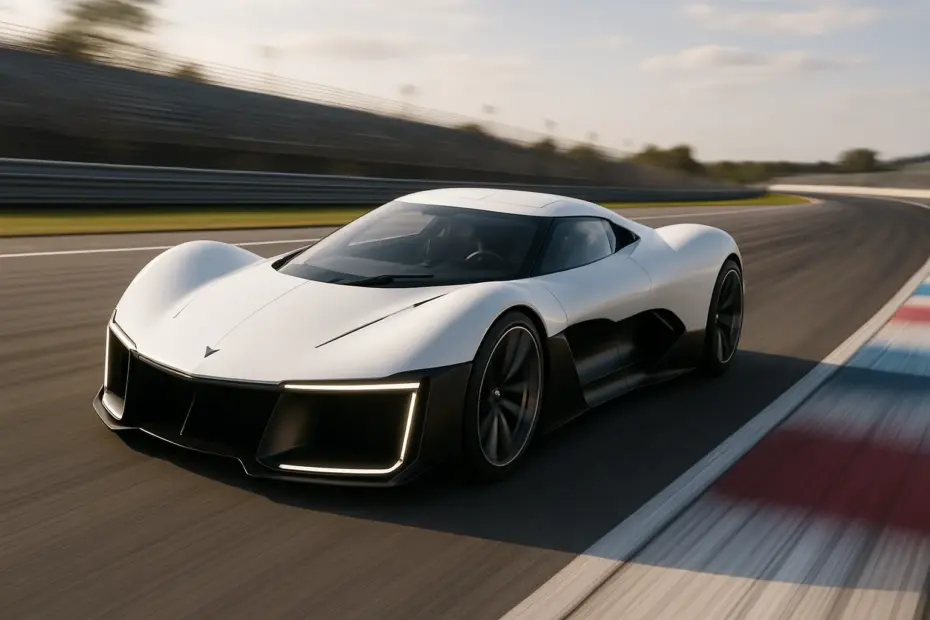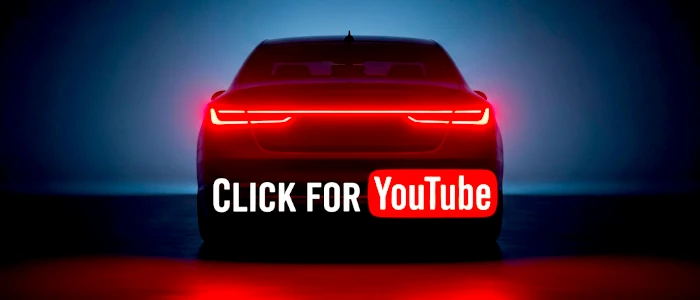General Motors (GM) is shaking things up in the automotive world! They’ve unveiled a concept Corvette that looks like it jumped straight out of a sci-fi movie—and the most shocking detail? It’s completely electric. Get ready to explore the futuristic (and perhaps controversial) vision of the legendary American sports car.
The Shock of the Future: Is an Electric Corvette on the Horizon?
From GM’s new advanced design center in the UK, located in Royal Leamington Spa (that’s right, a Corvette with a British accent!), comes this prototype that redefines our expectations for a ‘Vette. This is the first of three Corvette concepts scheduled for release this year, each emerging from different GM studios around the globe.
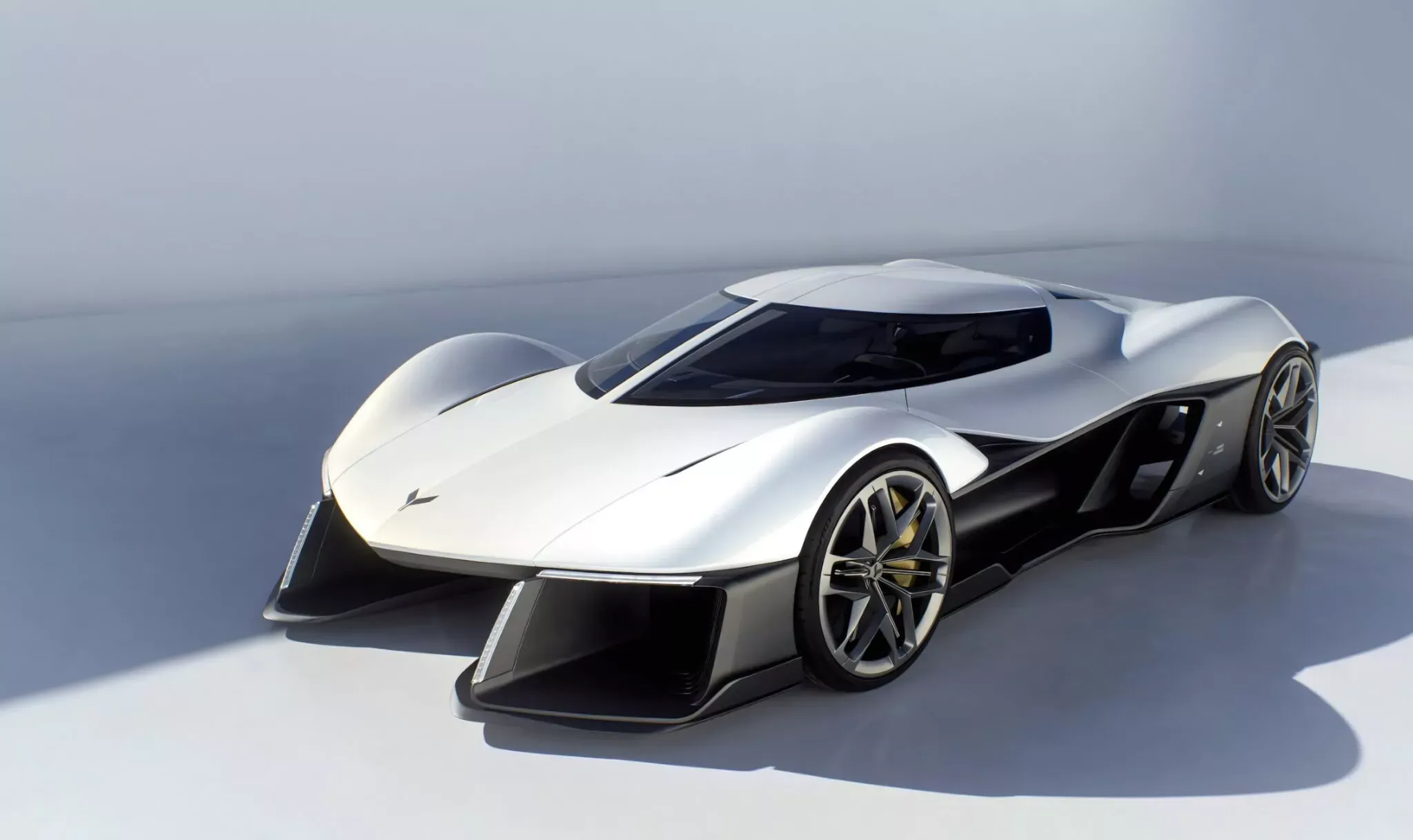
This futuristic machine is the brainchild of a team led by Julian Thomson, a renowned figure with experience at Lotus (remember the Elise S1?) and Jaguar. The aim here isn’t to showcase the car that will land in dealerships tomorrow, but to explore bold pathways for the future, particularly for the highly anticipated Corvette C9, expected in 2028.
Out-Of-This-World Design: Classic DNA Meets Hypercar
Visually, the concept is a spectacle. It fuses the aggressiveness of modern hypercars with nostalgic nods to Corvette’s glorious past, even evoking memories of the Aston Martin Valkyrie (curiously, designed nearby). The bodywork is super sculpted, almost alien, with a laser focus on aerodynamics.
The top half aims to appease purists, featuring fenders reminiscent of the 1965 Mako Shark concept and, of course, the iconic split rear window of the 1963 Sting Ray. The boldness doesn’t stop there: motorized gullwing doors provide access to a cockpit that looks straight out of a spaceship.
Goodbye V8? The Controversial Electrification of an Icon
Let’s get straight to the point that has many enthusiasts shaking their heads: this concept doesn’t have a roaring V8 behind the seats. GM has confirmed it’s electric propulsion, but… they haven’t shared any further details! No power, torque, battery size, or range. A bummer for those who were hoping for numbers.
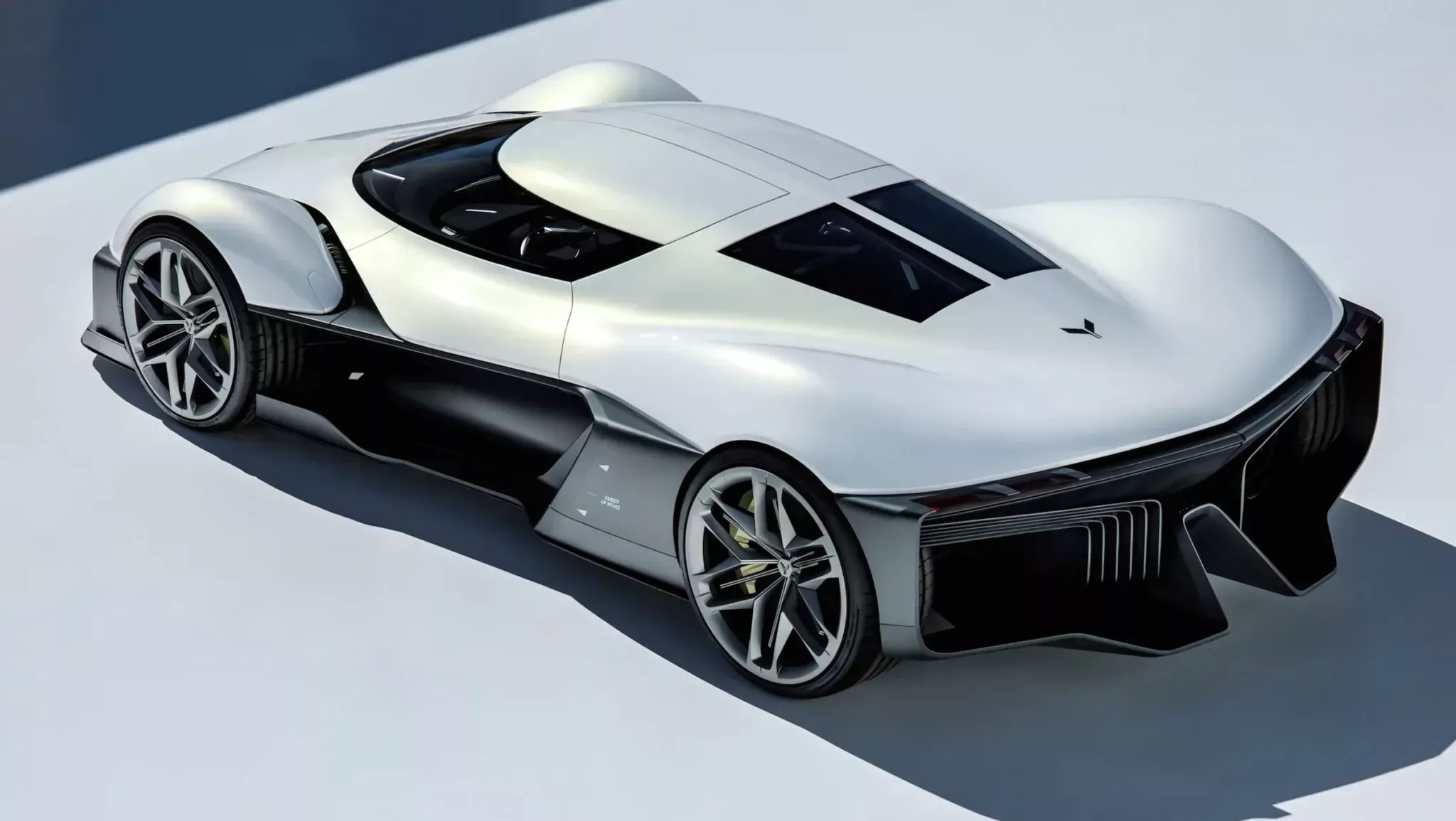
This decision to electrify a symbol of American combustion engines is bold, to say the least. Is GM testing the waters for a fully electric C9? Or will there be versions to please every taste? For now, the absence of a V8 is seen by some as a “fatal flaw,” even sacrilegious. Only time (and future concepts) will tell.
Track Technology: Active Aero and a Vision for the Future
While the engine (or lack thereof) sparks debate, the integration of technology impresses. The bottom of the car showcases a feat of aerodynamic engineering. With massive air intakes, channels, and a sculpted underbody, the concept does away with traditional wings and spoilers.
But don’t worry; cornering performance hasn’t been forgotten. The car features retractable dorsal fins and air outlets instead of a traditional spoiler to keep it glued to the road—especially on race tracks. The concept also mentions a chassis “inspired by race cars,” pushrod suspension, and a windshield equipped with augmented reality (“Apex Vision”), promising a panoramic and integrated view of the track or road.
Global Strategy: Why a “British” Corvette?
It might seem odd for an American icon to be reimagined in England, but there’s strong reasoning behind it. GM is set on capturing the European market with Cadillac and the Corvette, especially after selling its European brands (Opel and Vauxhall) in 2017.
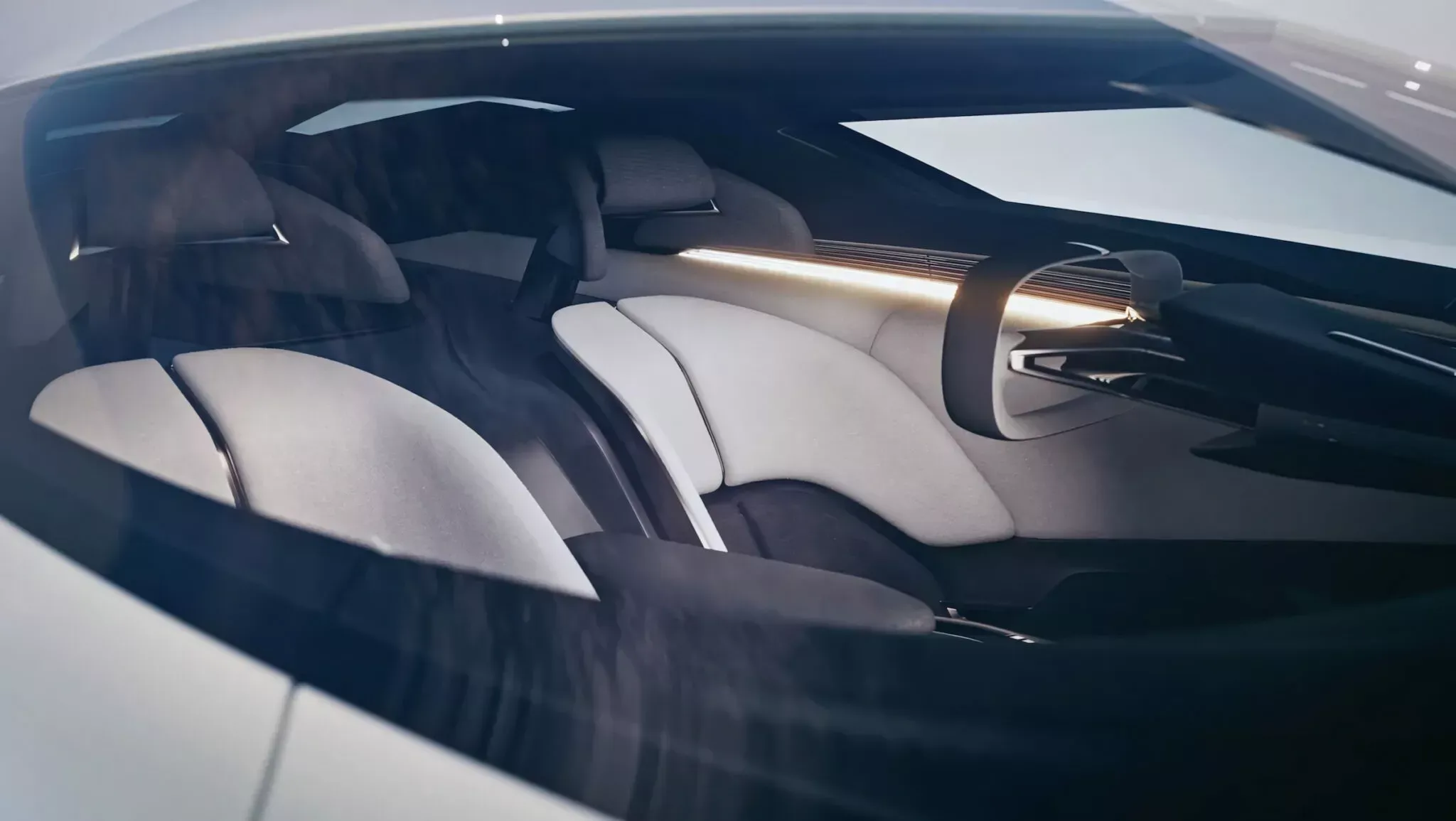
Establishing an advanced design center in the heart of the British automotive industry, nearby F1 teams and other prestigious brands, and placing a renowned designer like Julian Thomson at the helm is a statement of intent. They want to absorb new ideas and show that their brands can compete globally in design and technology.
What to Expect from the C9? Insights and Speculations
While this is just a design study, it definitely plants seeds for the future Corvette C9. Michael Simcoe, GM’s senior vice president of global design, has made it clear that the goal of these advanced studios is to “push boundaries, challenge conventions, and imagine what could be.”
It’s likely that some elements of this concept—perhaps the overall design language or certain aerodynamic solutions—will influence the production model expected around 2028. With two more concepts on the way this year, including one that may debut at the Goodwood Festival, we’ll soon have more pieces of this puzzle. One thing’s for sure: the next Corvette will not be conventional!
Incredible Highlights of the Concept
- Radical hypercar design
- 100% electric propulsion (EV)
- Gullwing doors
- Split rear window
- Integrated aerodynamics
- No fixed rear spoiler
- Retractable dorsal fins
- AR-equipped windshield
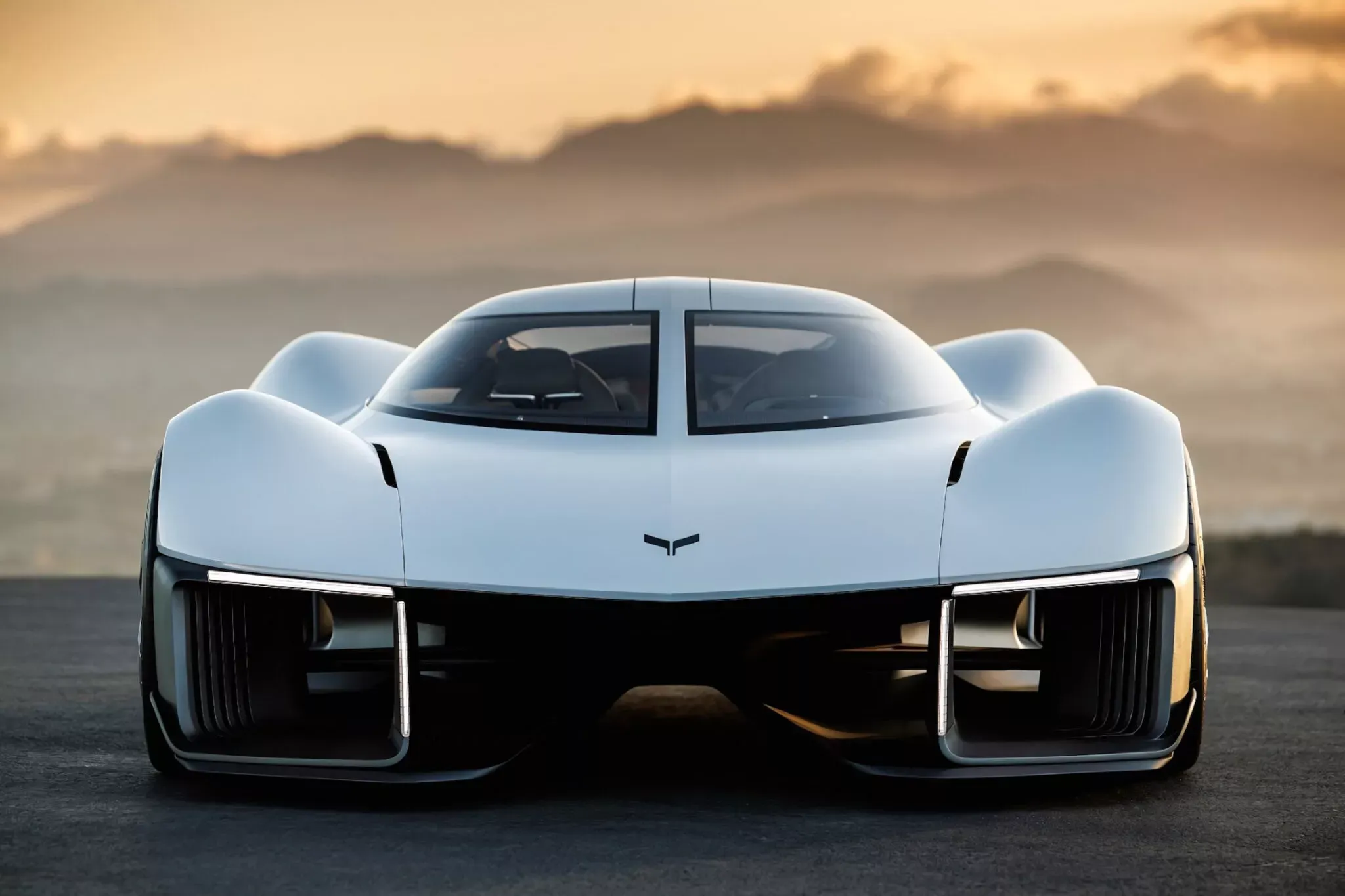
Quick Comparison: Concept vs. Reality
| Feature | UK Corvette Concept | Current C8 Corvette |
|---|---|---|
| Powertrain | Electric (EV) | Gasoline V8 |
| Main Design | Futuristic Hypercar | Classic Sports Car |
| Doors | Gullwing | Conventional |
| Rear Window | Split | Full |
| Rear Spoiler | Integrated/Retractable | Fixed Optional |
Frequently Asked Questions (FAQ)
- Is this the new Corvette C9?
No, not officially. It’s a design study, one of several ideas that may (or may not) influence the C9, expected in 2028. - Will the next Corvette be fully electric?
This concept is electric, but GM has not confirmed whether the production C9 will completely abandon the V8. Different versions may exist. - Why did GM create a Corvette concept in the UK?
It’s part of GM’s strategy to strengthen its brands (Corvette and Cadillac) in Europe and leverage local design talent. - What are the chances we’ll see those “gullwing” doors on the street?
Low, probably. Such doors are expensive and complex for mass production and typically remain on concepts or very exclusive cars. - When will we learn more about the future of the Corvette?
GM plans to reveal two more Corvette concepts this year, which should provide additional clues about the direction of the C9.
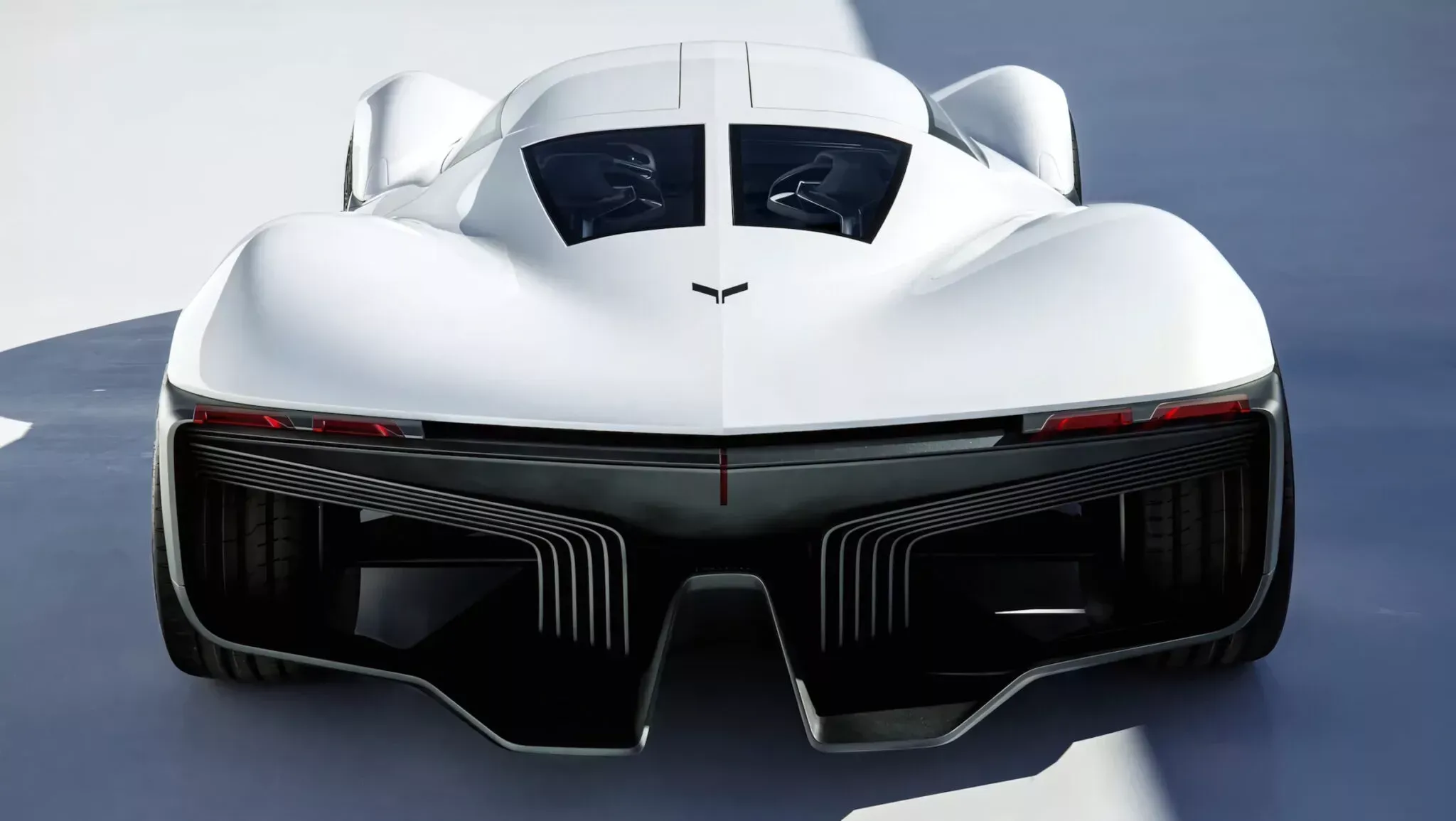
This electric Corvette concept is undoubtedly an audacious vision that sparks debate. It represents a potential future where tradition blends with cutting-edge technology, even if it means parting ways with the beloved V8.
What are your thoughts on this futuristic, electric Corvette? Do you think it’s the right direction or a heresy? Share your comments below!


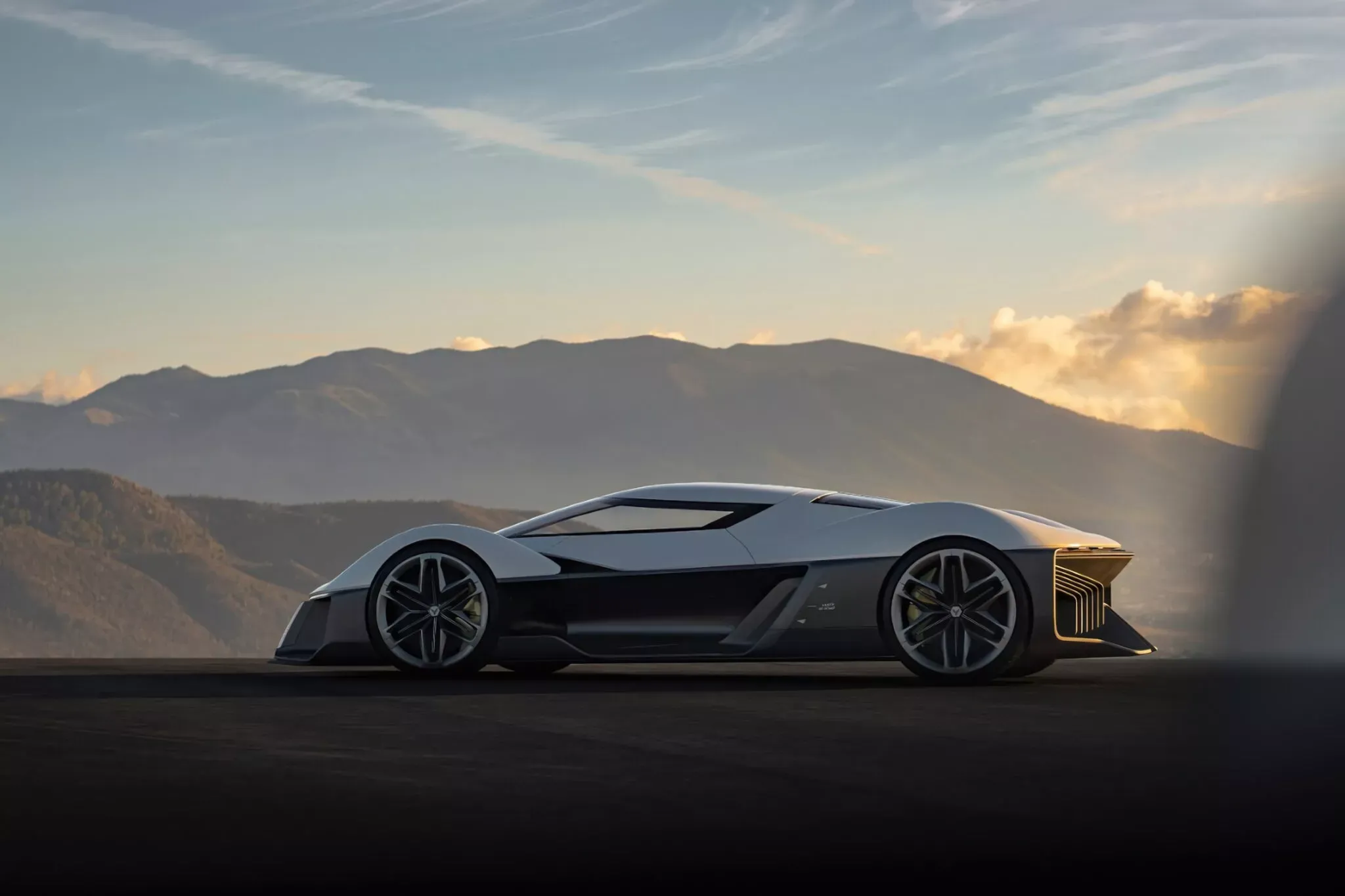

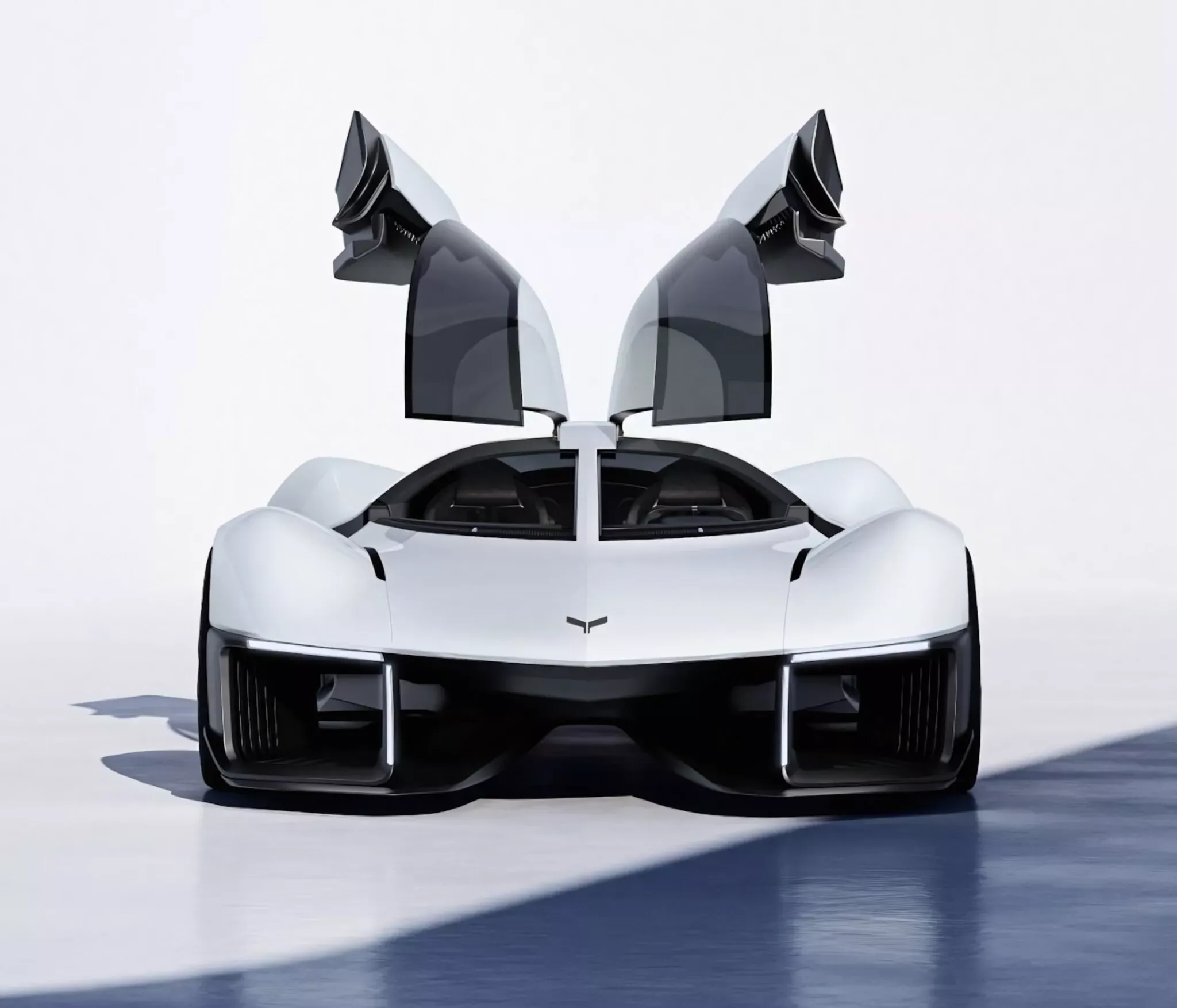
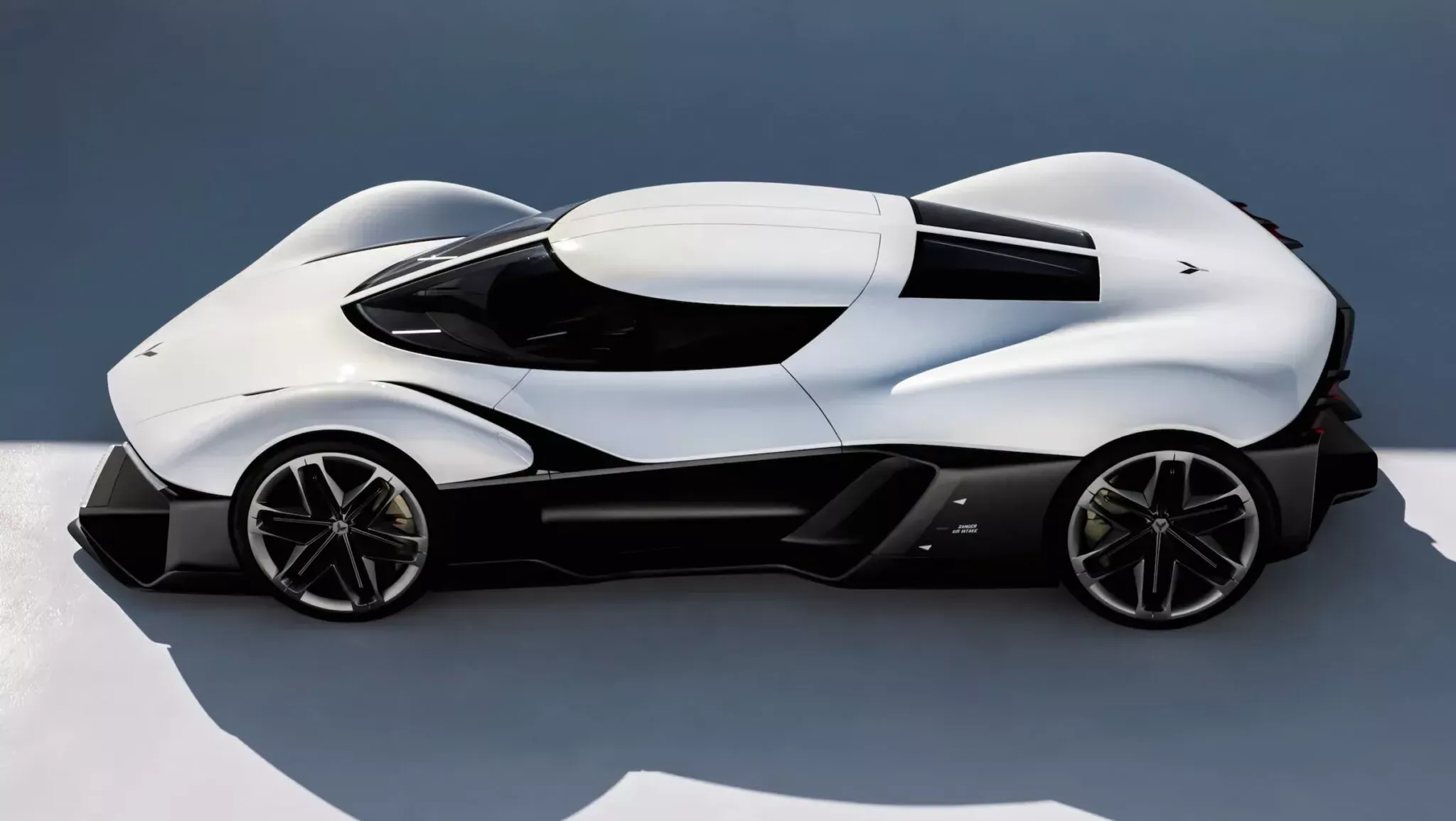

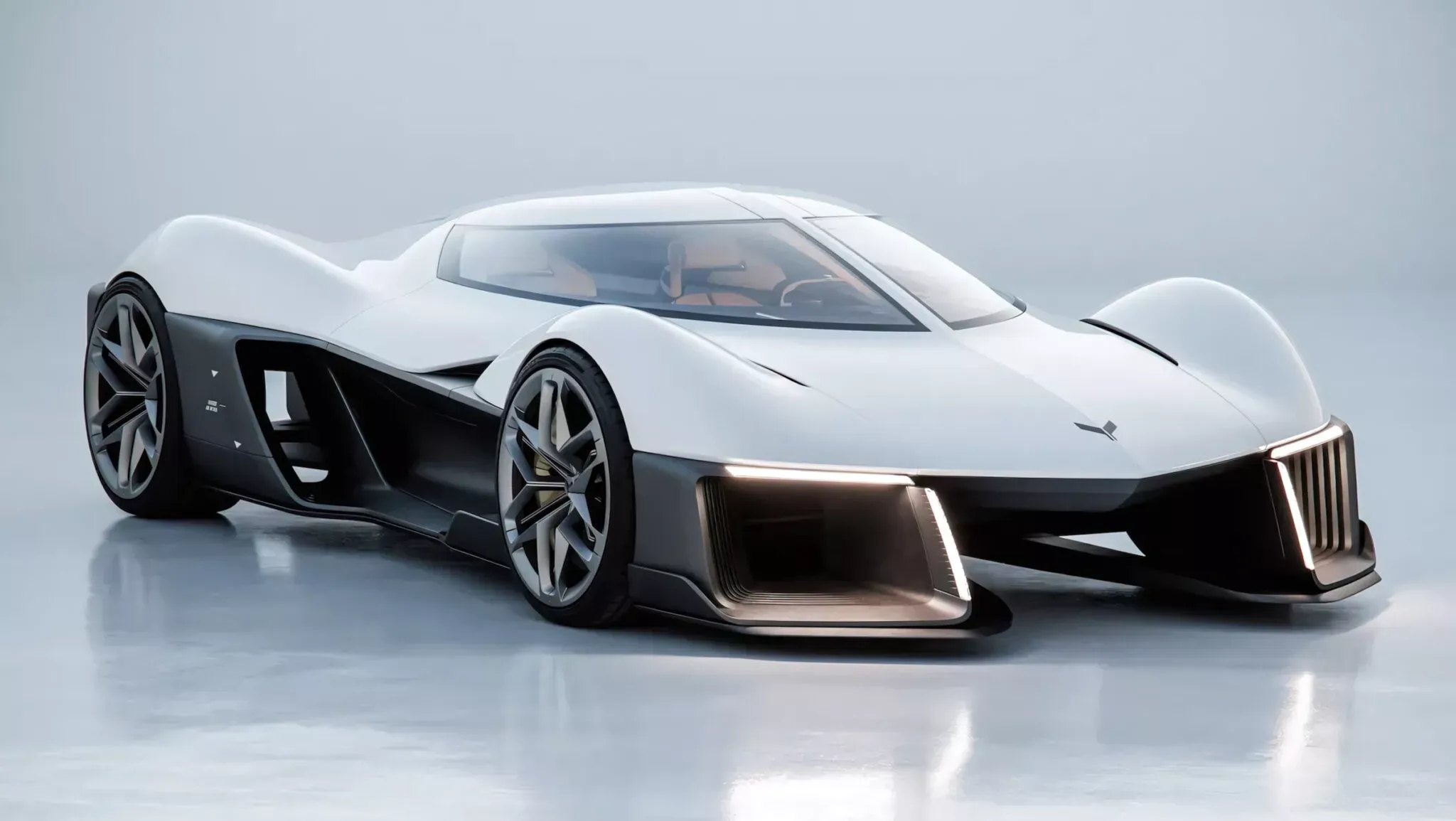
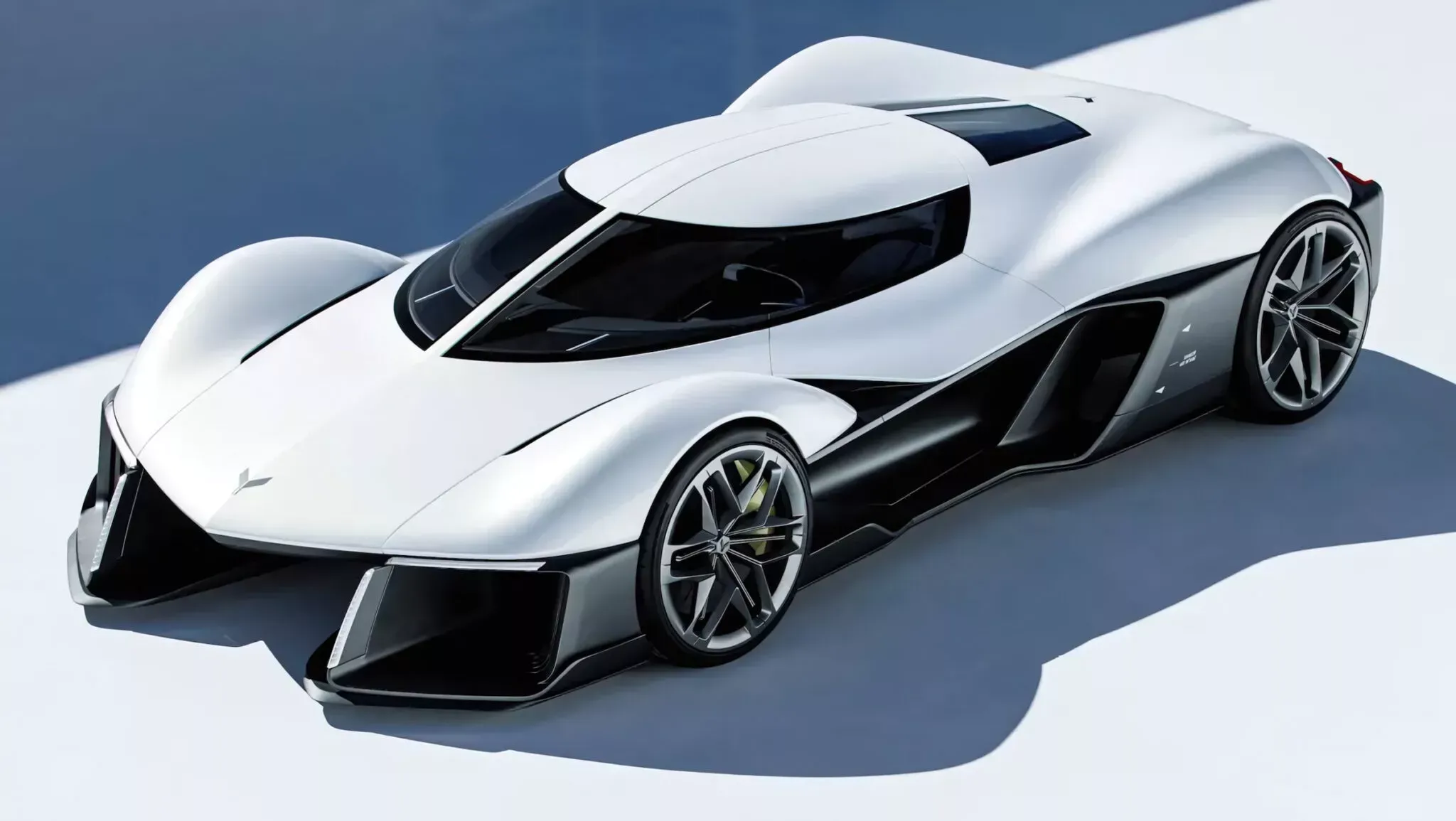

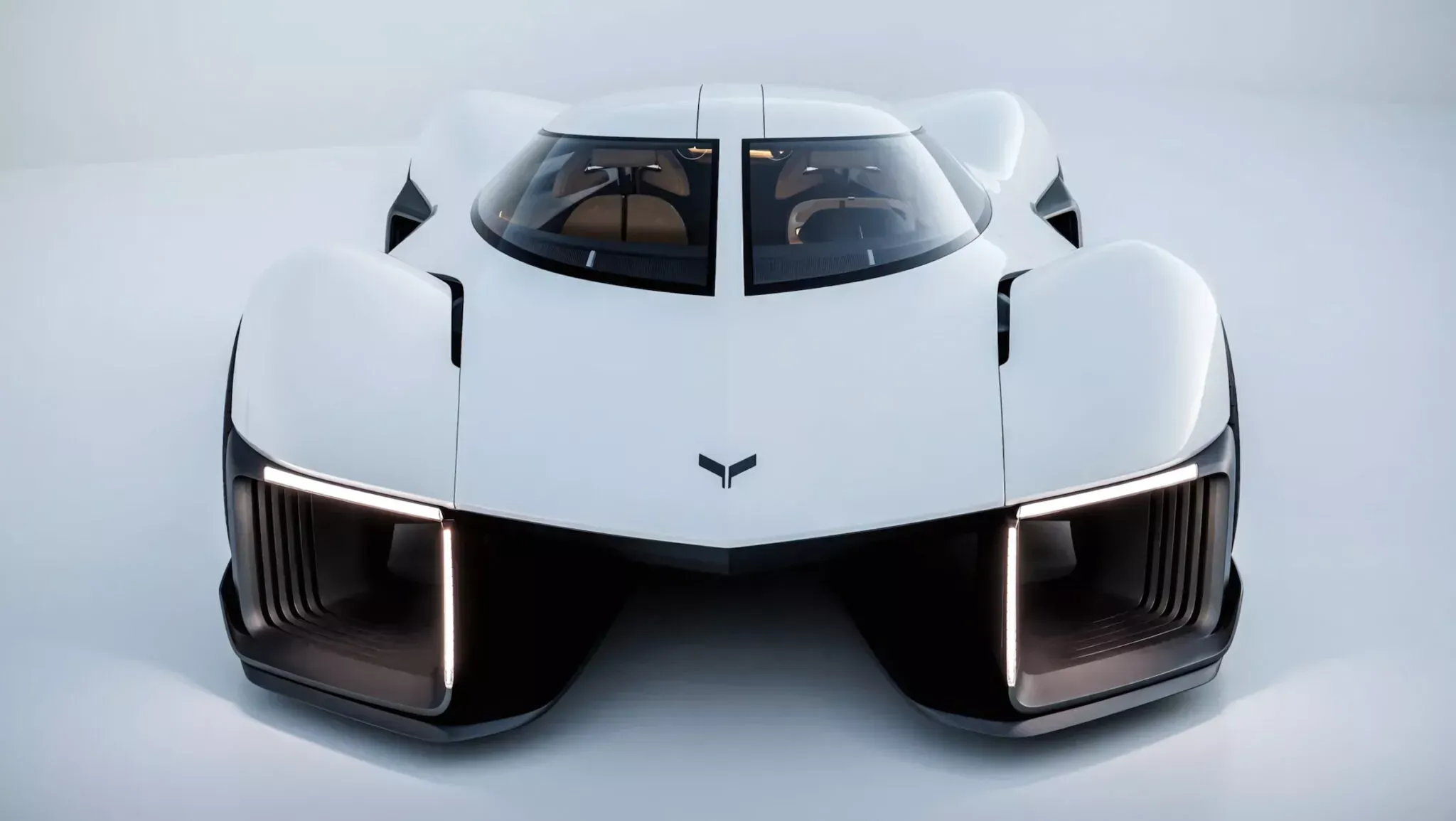
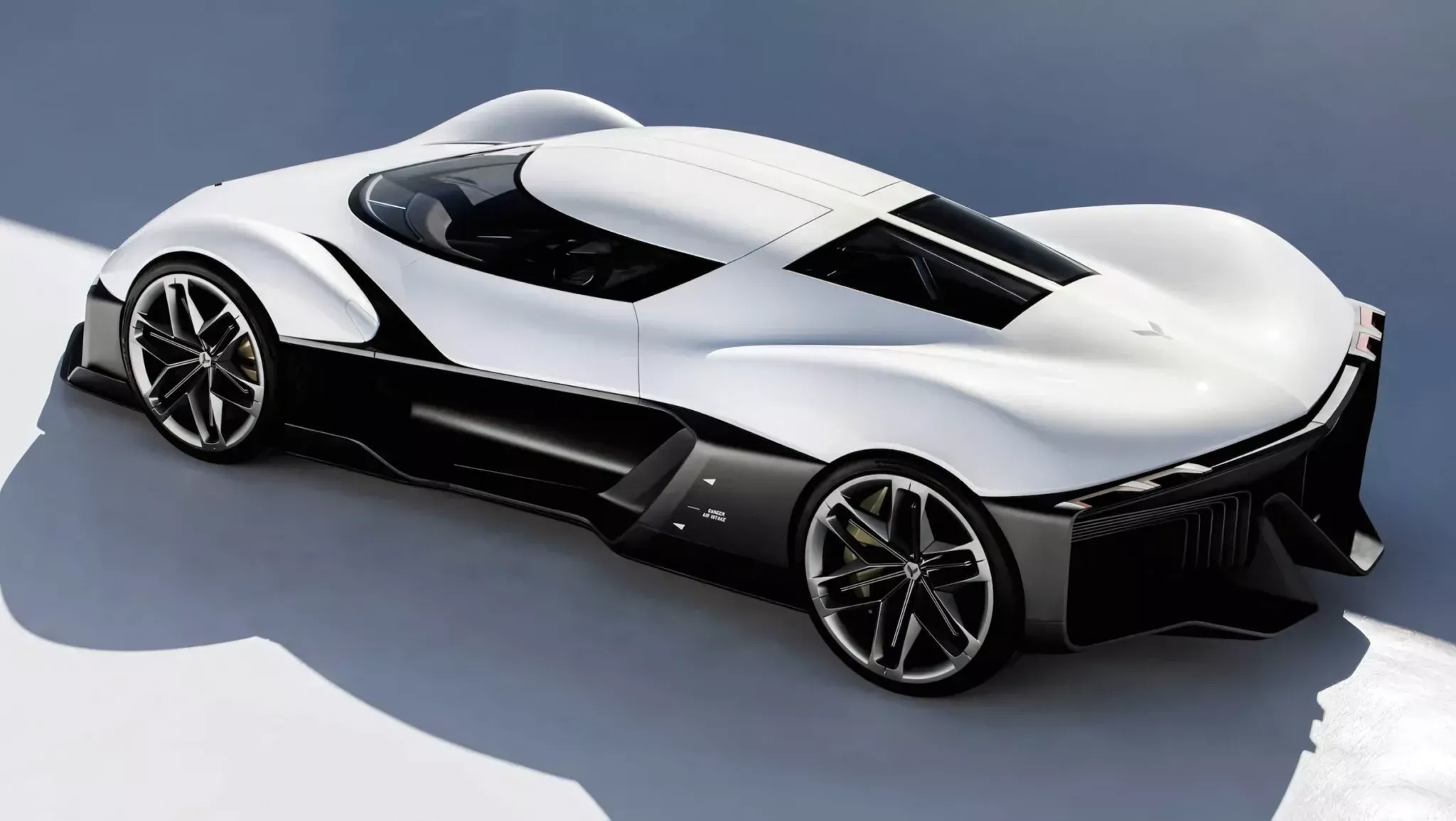
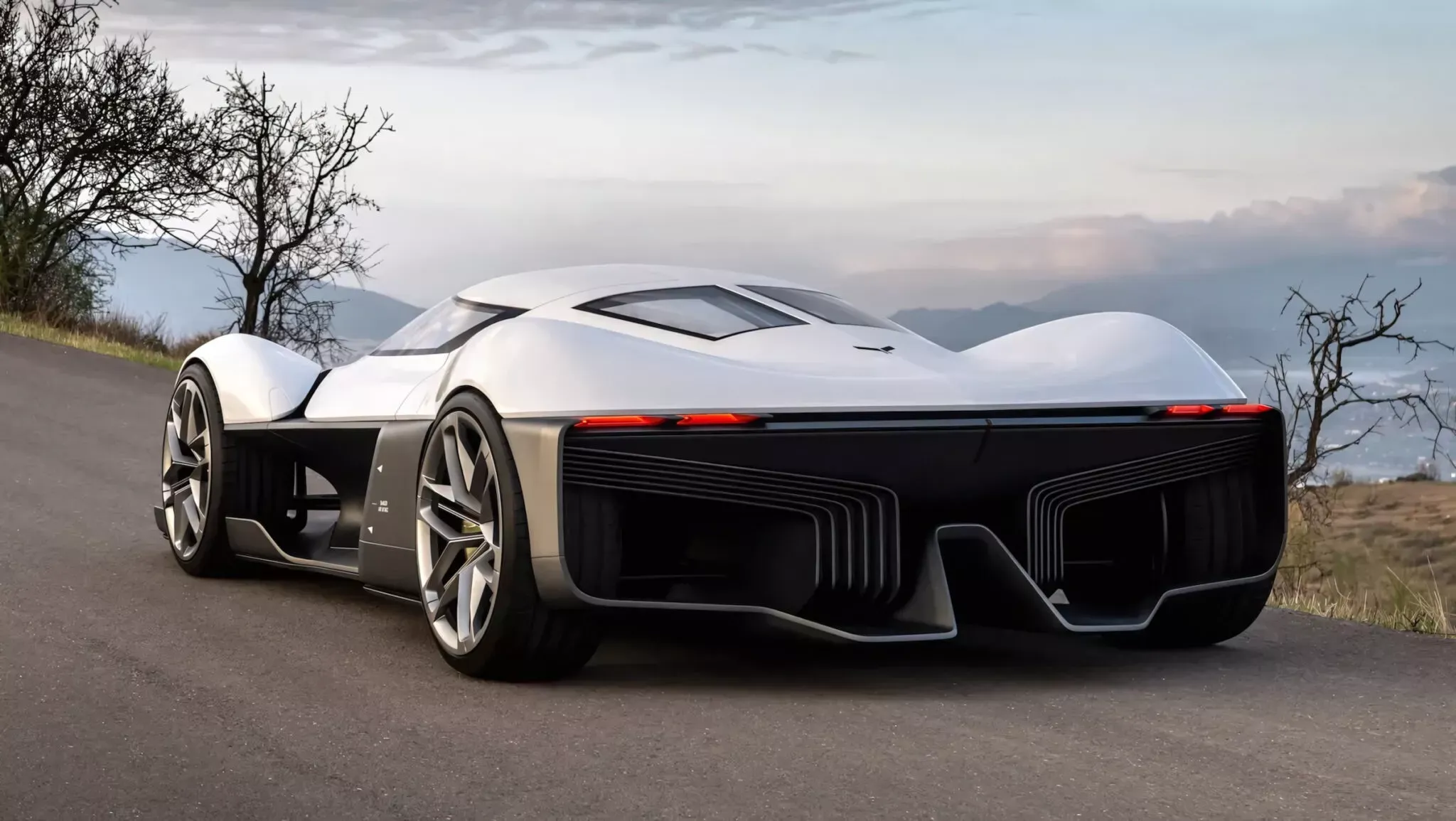
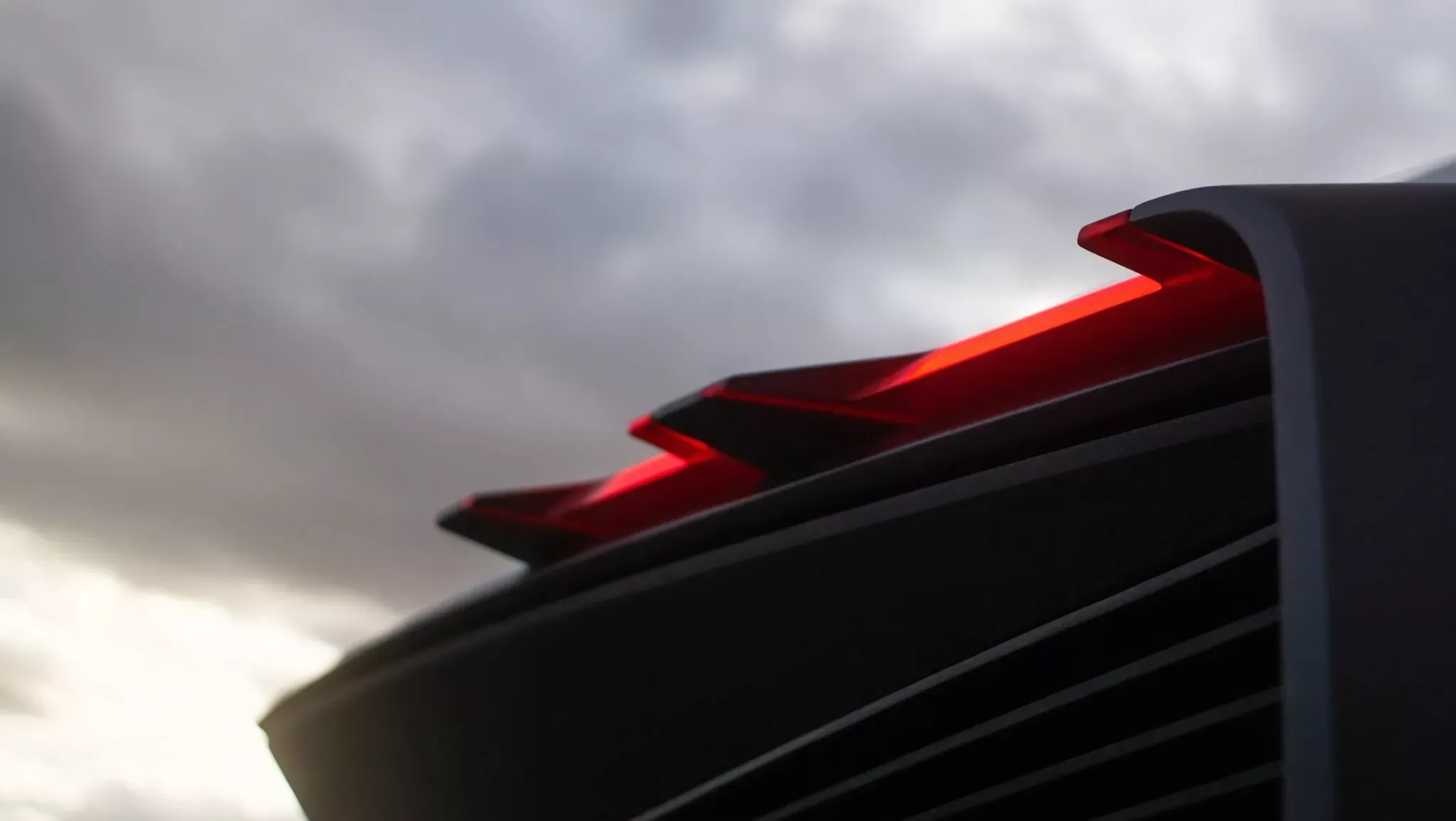
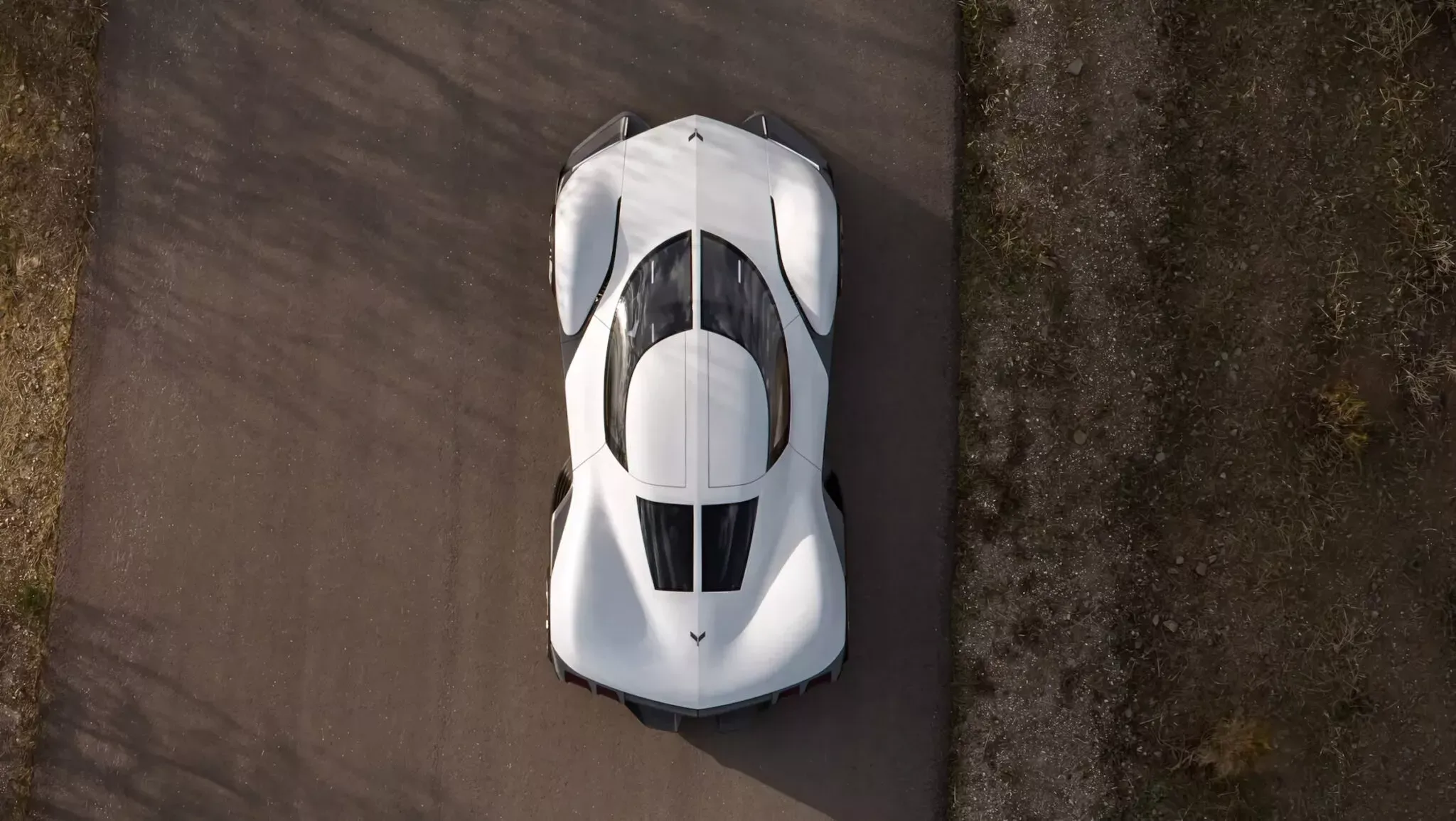
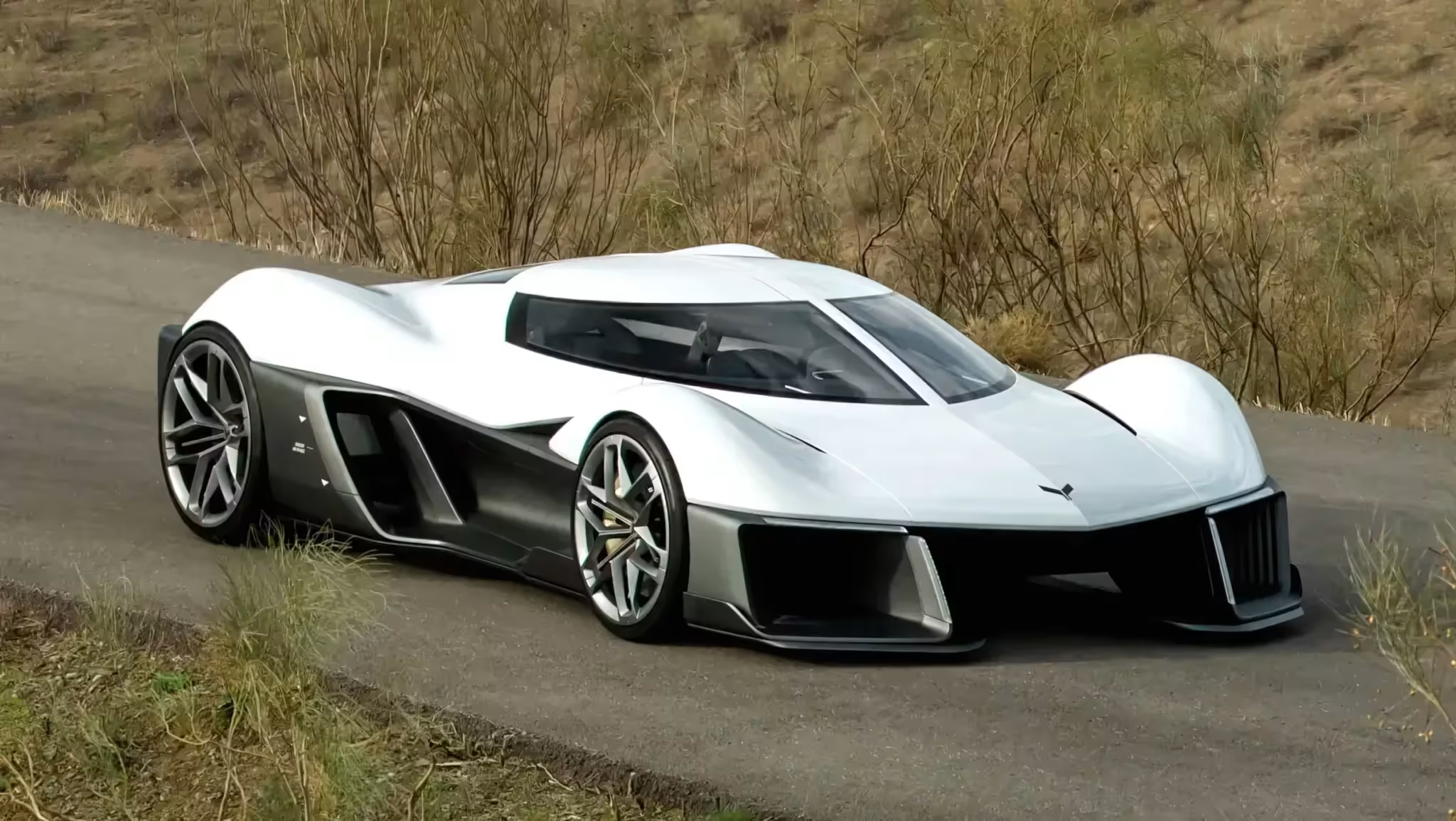
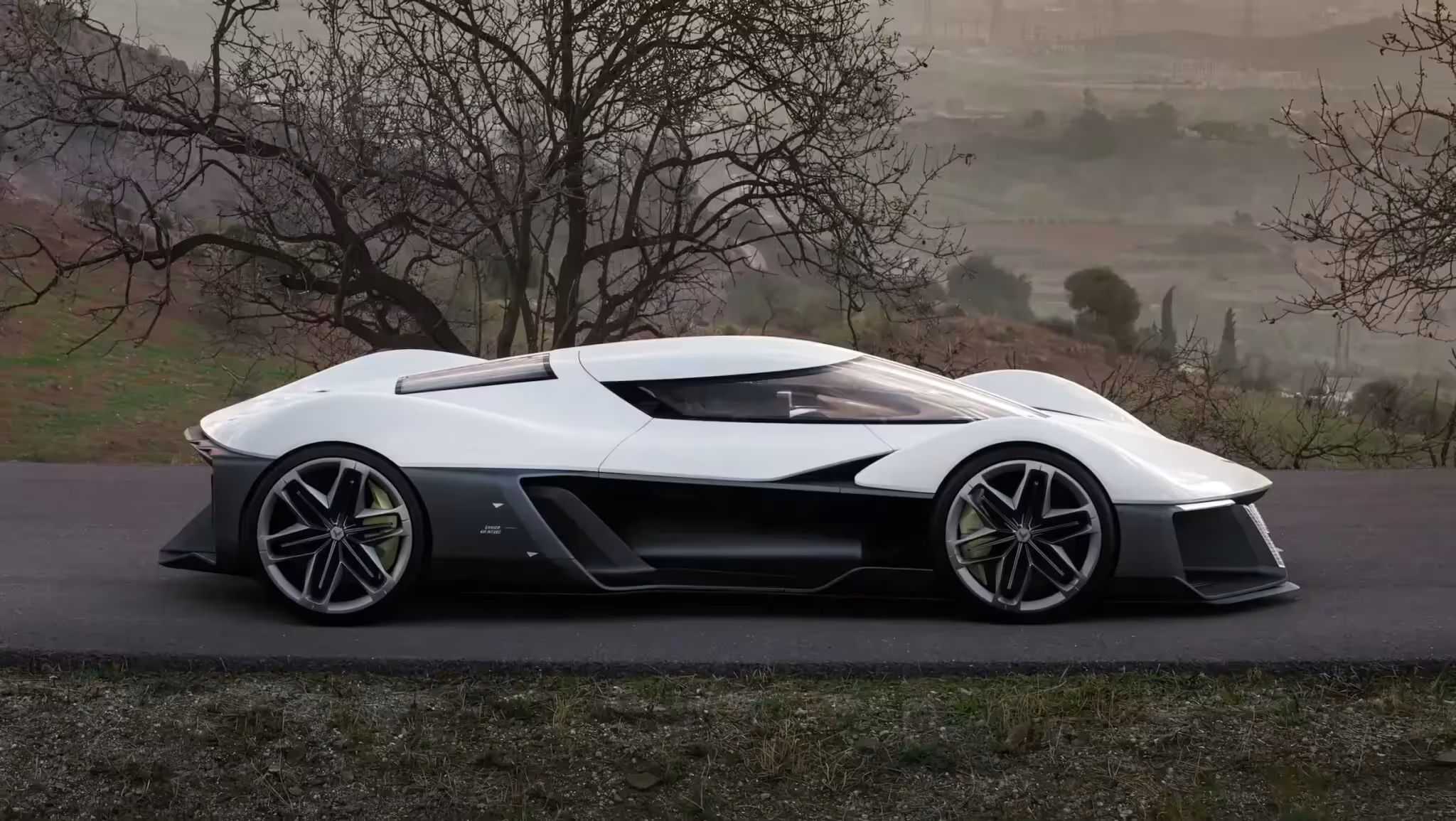
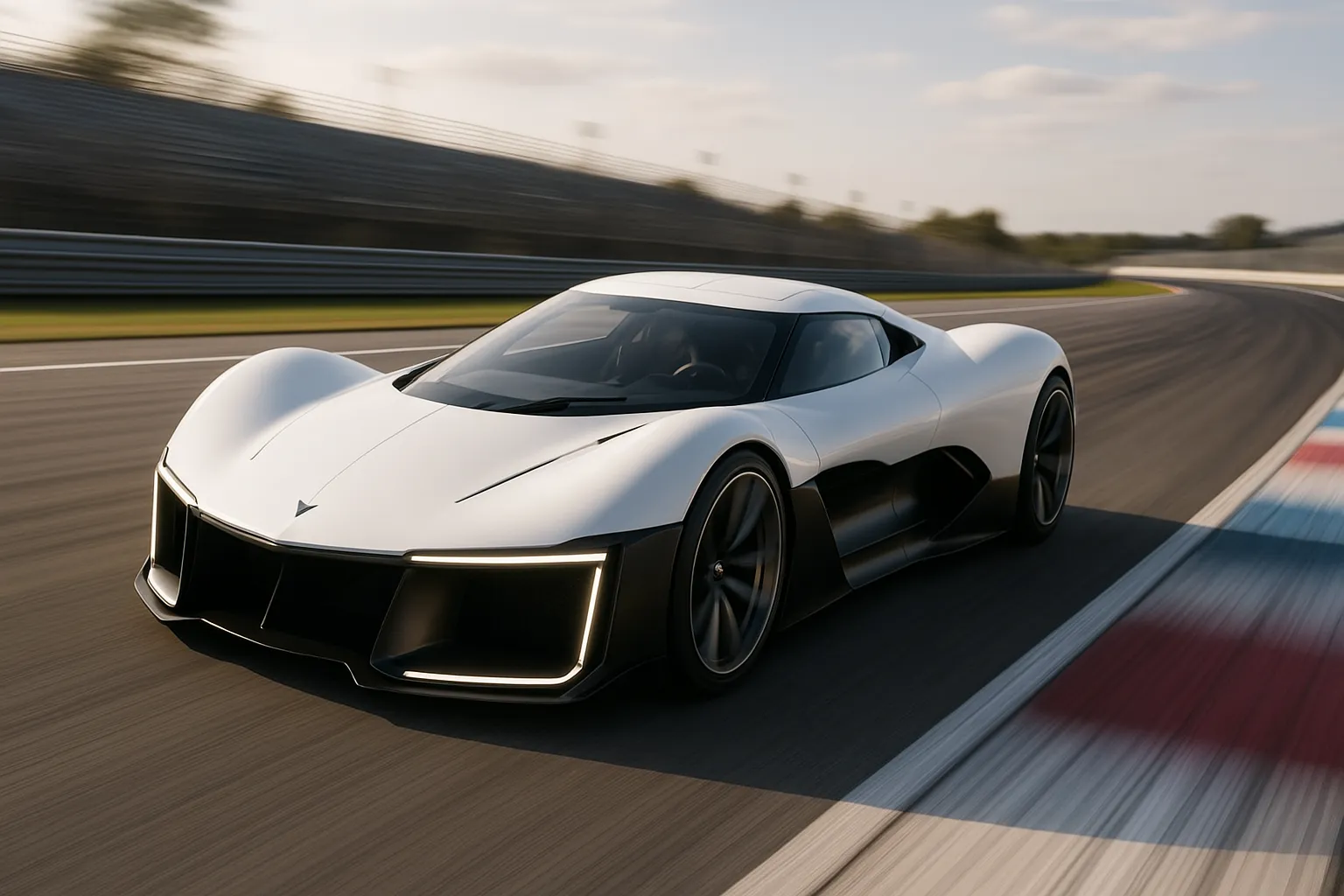
Author: Fabio Isidoro
Fabio Isidoro is the founder and editor-in-chief of Canal Carro, where he has been writing about the automotive world since 2022. Passionate about cars and technology, he began his journey on the HospedandoSites portal and today dedicates himself to creating technical content and comprehensive analyses of national and international vehicles. 📩 Contact: contato@canalcarro.net.br

